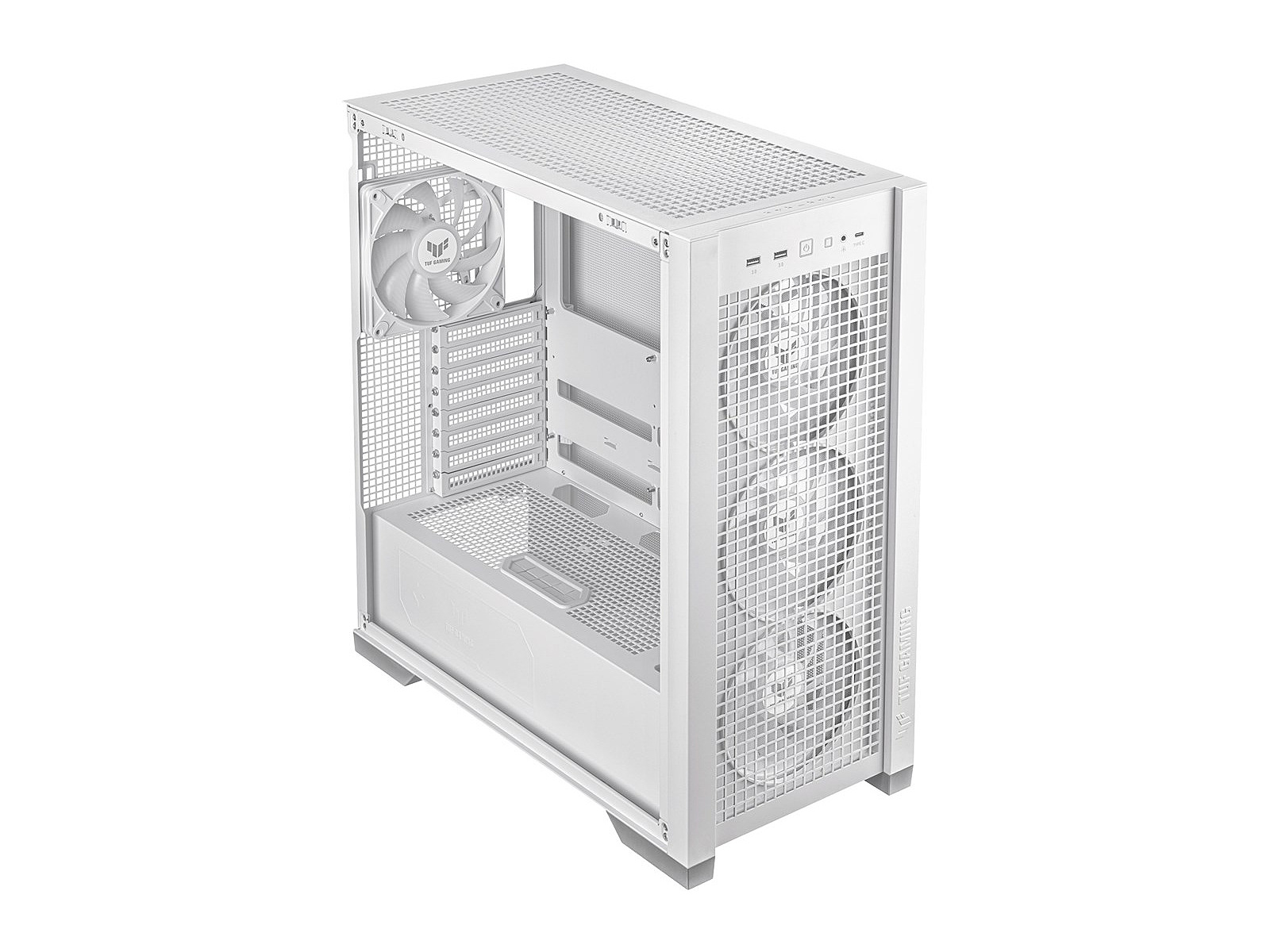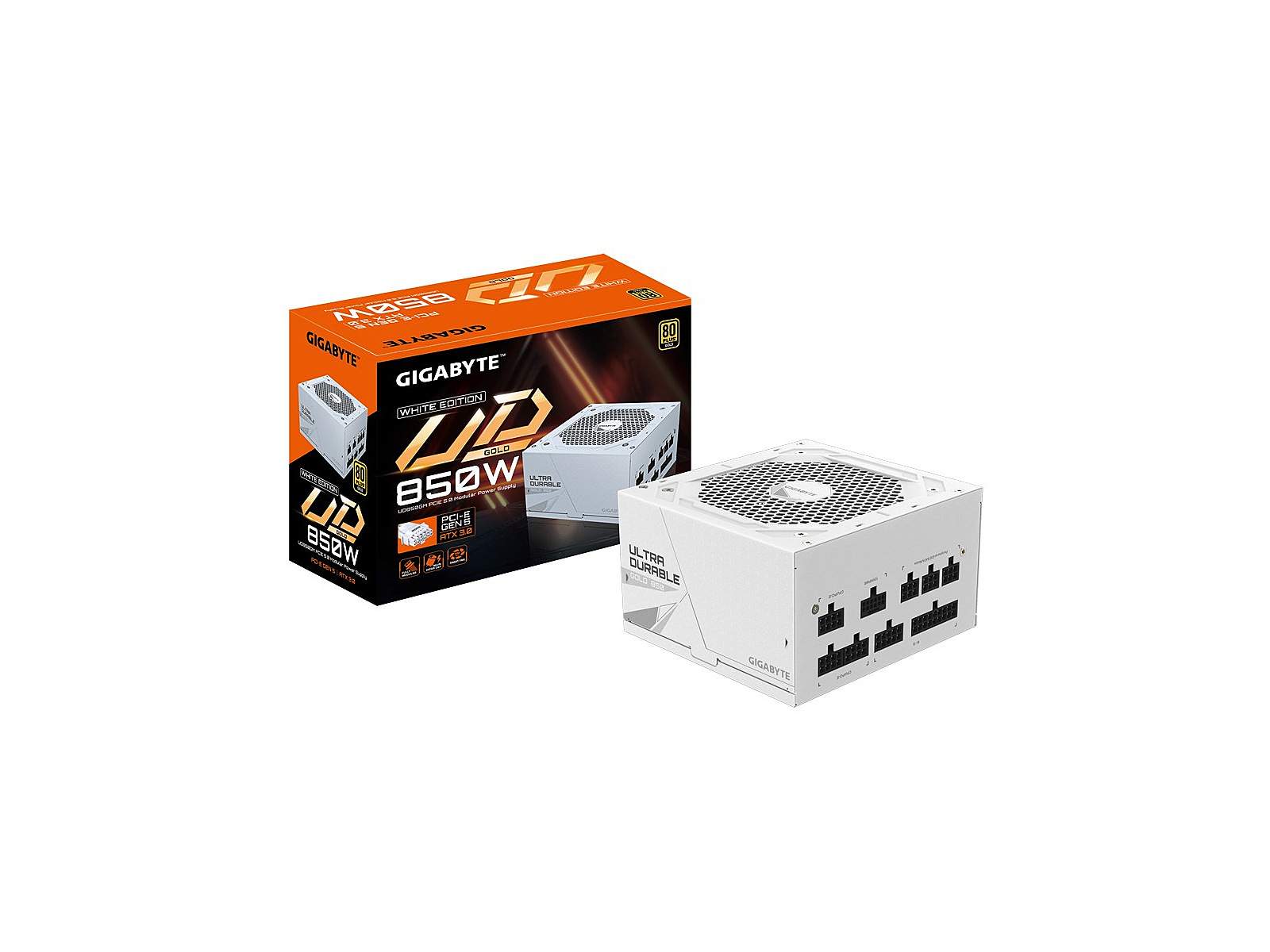Dateks Dateks BTF Gaming Powered by ASUS, Core i7-14700KF, 32GB (2x16) DDR5 RGB, GeForce RTX 4070 Ti SUPER, 2TB NVMe Gen4, no OS





- Delivery to Latvian post office, parcel locker or Circle K free of charge: 17.01.2025
- Delivery to address in Riga free of charge: 17.01.2025
- Delivery to address in Latvia free of charge: 17.01.2025
- Delivery to Dateks.lv parcel drop-off point at 9 Zemitāna Street: 15.01.2025 after 15:00

- Hull: Asus TUF GAMING GT302, Tempered Glass, ARGB, White
- Power Supply Unit (PSU): Gigabyte UD850GM PG5 White, 850W, 80PLUS Gold, PCIe 5.0
- Motherboard: Asus TUF GAMING Z790-BTF WIFI
- Processor: Intel Core i7-14700KF (8P+12E/28T, 3.40 GHz, 33 MB Cache, LGA1700, 125W) , TRAY
- Processor cooler: Arctic Liquid Freezer III 360 A-RGB White
- RAM (RAM): ADATA XPG Lancer Blade RGB White, 32GB, DDR5, 6000MHz, CL30, Kit of 2
- Videocard: Asus GeForce RTX 4070 Ti SUPER, 16GB GDDR6X, TUF Gaming White OC (DLSS 3) BTF
- SSD: ADATA Legend 900, 2TB, M.2 Gen4 x4

The first M.2 SSDs appeared on the market shortly after the debut of Intel's Haswell architecture at the end of 2013. However, they didn't gain popularity until late 2015, when Intel's Skylake architecture and 100-series motherboards became more and more common to find M.2 sockets on. By early 2017, with the launch of Intel's 7th generation Kaby Lake and AMD Ryzen processors, almost all Z270 and X370 motherboards are equipped with one or even more M.2 sockets.
M.2 drives are basically available in 3 standards, which basically denote their physical characteristics - M.2 2280 (card size 22x80mm), M.2 2260 (22x60mm), M.2 2242 (22x42mm), but the M.2 technical specification also allows other sizes.
Unfortunately, physical dimensions are not the only differences that can be found in M.2 SSDs. The interface that these cards use to connect to the CPU is also different. Currently, two types of M.2 SSD are most widely used - SATA and PCI-Express. M.2 SSDs are capable of speeds up to 600 MB/s via the SATA interface, which is limited by the current SATA 3 protocol. It is because of this limitation that M.2 was adapted to be compatible with the PCI-Express bus to provide higher data transfer rates, which can reach up to 4 GB/s via the PCI-E interface! Several drives are already capable of read speeds of 2500 MB/s and more.
The main thing to remember is that despite the similarity of the ports, these drives are not compatible with each other! On a board with an M.2 socket connected only to the SATA interface, it will not be possible to use a PCI-E interface M.2 SSD and vice versa. However, from 2017 onwards, with the Intel B250, H270 and Z270 motherboards as well as the AMD X370 motherboards, almost all M.2 sockets are universal and support both SATA and PCI-Express interface M.2 SSDs. We always recommend checking the board manufacturer's website for this though.

An SSD disc consists of microchips, thus there are no moving parts in it and it is completely silent (0 dB). Due to this fact an SSD disc is more resistant to vibration and other mechanical impact than an HDD.
Due to the construction specifics higher volume SSD discs usually are higher-speed and the different in the speed can be even multifold. Therefore prior to buying it you should study carefully the indices of the operation speed of the SSD disc - reading and writing speed in Megabytes per second (MB/s). The operation speed of an average SSD disc has to be ~250 MB/s. Read un ~200 MB/s. Write. For high performance discs these indices will be ~350 MB/s Read un ~450MB/s Write accordingly.
The operation speed and volume of SSD discs is improving rapidly and the prices are falling. Therefore you should buy this type of disc only when the high-speed operation and silence are more important than the relevant investment.

Only the users who like to save everything or whose work specifics include a high volume of data, like, professional editing of photos and videos, large scale database systems, etc., should buy a disc above 1TB. For an average user a 1TB disc is "more than enough"
Besides the volume it is also necessary to select the speed of the disc. It is determined by the index of rotations per minute (rpm) and the cache memory. A 1000rpm disc will be faster than 7200rpm (and also more noisy in operation). At the same rotation index a disc with 64MB cache memory will be faster than a disc with 32MB cache memory, etc.
The disc parameters can be improved by purchasing additional disc and the number depends on the 3.5" HDD niches of the housing and the capacity of the power supply unit (an average HDD consumes approximately 25W power supply.)
The type of the connection slot SATAII and SATAIII are not very important as these are mutually compatible standards and (in case of HDDs) are not very important for the high-speed of data transmission.

When the operating system is divided from the data the OS and the software usually is places on a smaller size and higher speed disc. A high volume disc with a lower rpm index is devoted for the data as this solution ensures a higher safety of the data thanks to lower rotation speed and operating temperature. However, the discs should be located at a sufficient distance from each other, because in the contrary case they should be cooled with a ventilator.
If the selected motherboard does not provide the RAID data array it is worth considering the purchase of another disc due to two possible types of application:
RAID 0, or STRIPE is a data array capable of increasing the data reading/ writing speed considerably on the account of serial using of both discs (and data stability). If this connection is used a double risk has to be assumed - if one disc fails the total data array no longer operates and the data are lost. The discs of an identical model and manufacturer are used for this type of data array.
RAID 1, or MIRROR data array consists of two similar discs to which all the data are copied simultaneously and identically, thus ensuring the safety of the data against the damage of one disc. For this type of data array it is desirable to choose each disc of a different manufacturer or closely similar model due to the fact that in case of a manufacturing defect the discs of the same type can have the same defect increasing the risk of losing the data.
Besides the above referred RAID types there are also combined RAID 5 and RAID 6 which ensure the data safety and the increase of the operation speed at the same time, however, these data arrays require 3 and more discs accordingly as well as a specialized controller. You should inquire about the possibilities of setting up a computer with RAID 5, 6 data arrays by contacting our managers at

For an average home or small office user without any specific requirements we recommend to buy the Windows 7 English 64bit version.
You should choose the 32bit software only in the case when you plan to use the software that has known compatibility problems with the 64bit operating system or devices that do not have 64bit drivers. However, most of the 32bit software can operate within the 64bit operating system.
All the computers and components offered by Dateks provide full support of the 64bit operating system, therefore we recommend this choice because of the fact that the support of the RAM above 3 GB is possible only in 64bit mode and this type of operating systems is gradually becoming the leading standard and it is inevitable that it will fully replace the 32bit systems in future.
When you buy an operating system you should choose carefully the language of the user interface as it will not be possible to change this language later (except the Ultimate version which is multilingual). We offer English, Latvian and Russian interface languages of the operating system.
Entrepreneurs are entitled to use all the operating systems offered by
Windows Ultimate offers additional BitLocker data encoding application and a possibilities to switch over between the user's interface languages without changing the license.

Office 2010 Home & Student may be used only by home users and school students and this package includes Word, Excel, PowerPoint and OneNote applications.
Office Home & Business may be used both at home and in businesses and it includes Word, Excel, PowerPoint, Outlook and OneNote
Office Professional includes Word, Excel, PowerPoint, Outlook and OneNote Access and Publisher applications and it is intended for both business and home users.
The purchased license is in the PKC (product key card) form which is a simple serial number. It is possible to download the software installation package from the Microsoft website and activated by using this number after the installation.
We would like to remind you that if you buy the license from us together with a new computer we will perform the required installation work for you free of charge, thus you will receive the computer ready for work with all the purchased software.






























